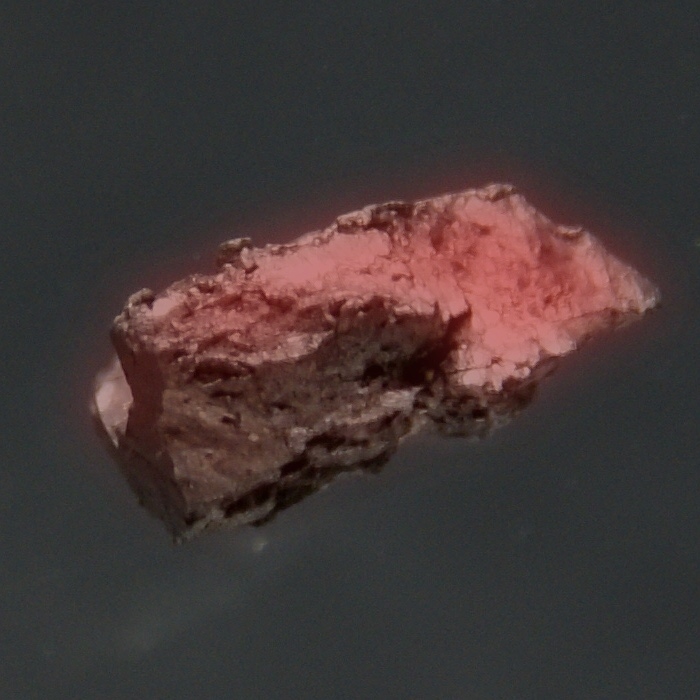Curium
96
Cm
Group
n/a
Period
7
Block
f
Protons
Electrons
Neutrons
96
96
151
General Properties
Atomic Number
96
Atomic Weight
[247]
Mass Number
247
Category
Actinides
Color
Silver
Radioactive
Yes
Curium is named after Madame Curie and her husband Pierre Curie
Crystal Structure
Simple Hexagonal
History
Curium was discovered by Glenn T. Seaborg, Ralph A. James and Albert Ghiorso in 1944 at the University of California, Berkeley.
It was produced by bombarding plutonium with alpha particles during the Manhattan Project.
Curium metal was produced only in 1951 by reduction of curium fluoride with barium.
It was produced by bombarding plutonium with alpha particles during the Manhattan Project.
Curium metal was produced only in 1951 by reduction of curium fluoride with barium.
Electrons per shell
2, 8, 18, 32, 25, 9, 2
Electron Configuration
[Rn] 5f7 6d1 7s2
Curium accumulates in the bones, lungs and liver, where it promotes cancer
Physical Properties
Phase
Solid
Density
13.51 g/cm3
Melting Point
1613.15 K | 1340 °C | 2444 °F
Boiling Point
3383.15 K | 3110 °C | 5630 °F
Heat of Fusion
n/a
Heat of Vaporization
n/a
Specific Heat Capacity
-
Abundance in Earth's crust
n/a
Abundance in Universe
n/a

CAS Number
7440-51-9
PubChem CID Number
n/a
Atomic Properties
Atomic Radius
174 pm
Covalent Radius
169 pm
Electronegativity
1.3 (Pauling scale)
Ionization Potential
5.9915 eV
Atomic Volume
18.28 cm3/mol
Thermal Conductivity
0.1 W/cm·K
Oxidation States
3, 4
Applications
Curium is mainly used for scientific research purposes.
Curium is a common starting material for the production of higher transuranic elements and transactinides.
The most practical application of 244Cm is as α-particle source in the alpha particle X-ray spectrometers (APXS).
Curium is a common starting material for the production of higher transuranic elements and transactinides.
The most practical application of 244Cm is as α-particle source in the alpha particle X-ray spectrometers (APXS).
Curium is harmful due to its radioactivity
Isotopes
Stable Isotopes
-Unstable Isotopes
233Cm, 234Cm, 235Cm, 236Cm, 237Cm, 238Cm, 239Cm, 240Cm, 241Cm, 242Cm, 243Cm, 244Cm, 245Cm, 246Cm, 247Cm, 248Cm, 249Cm, 250Cm, 251Cm, 252Cm